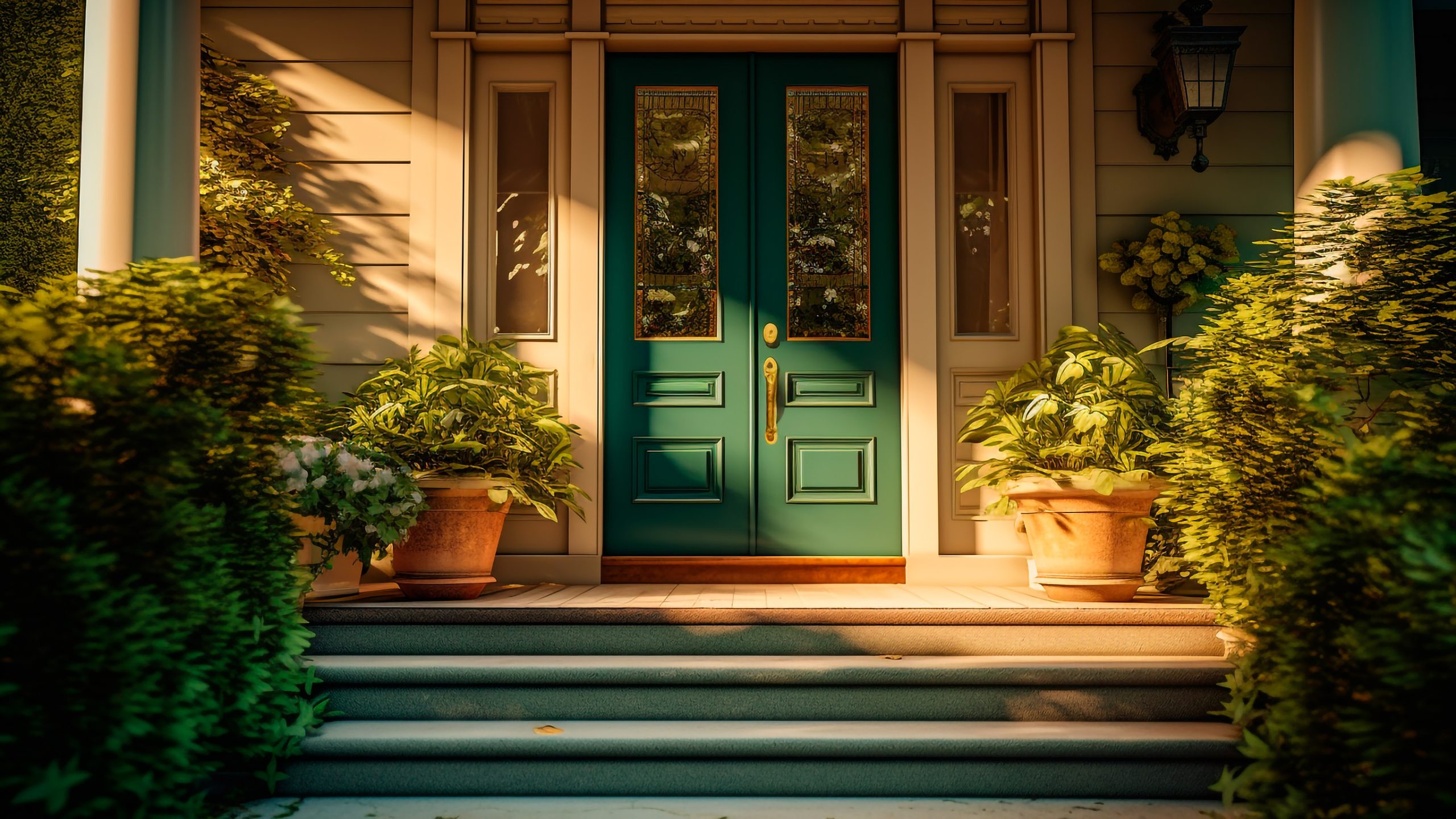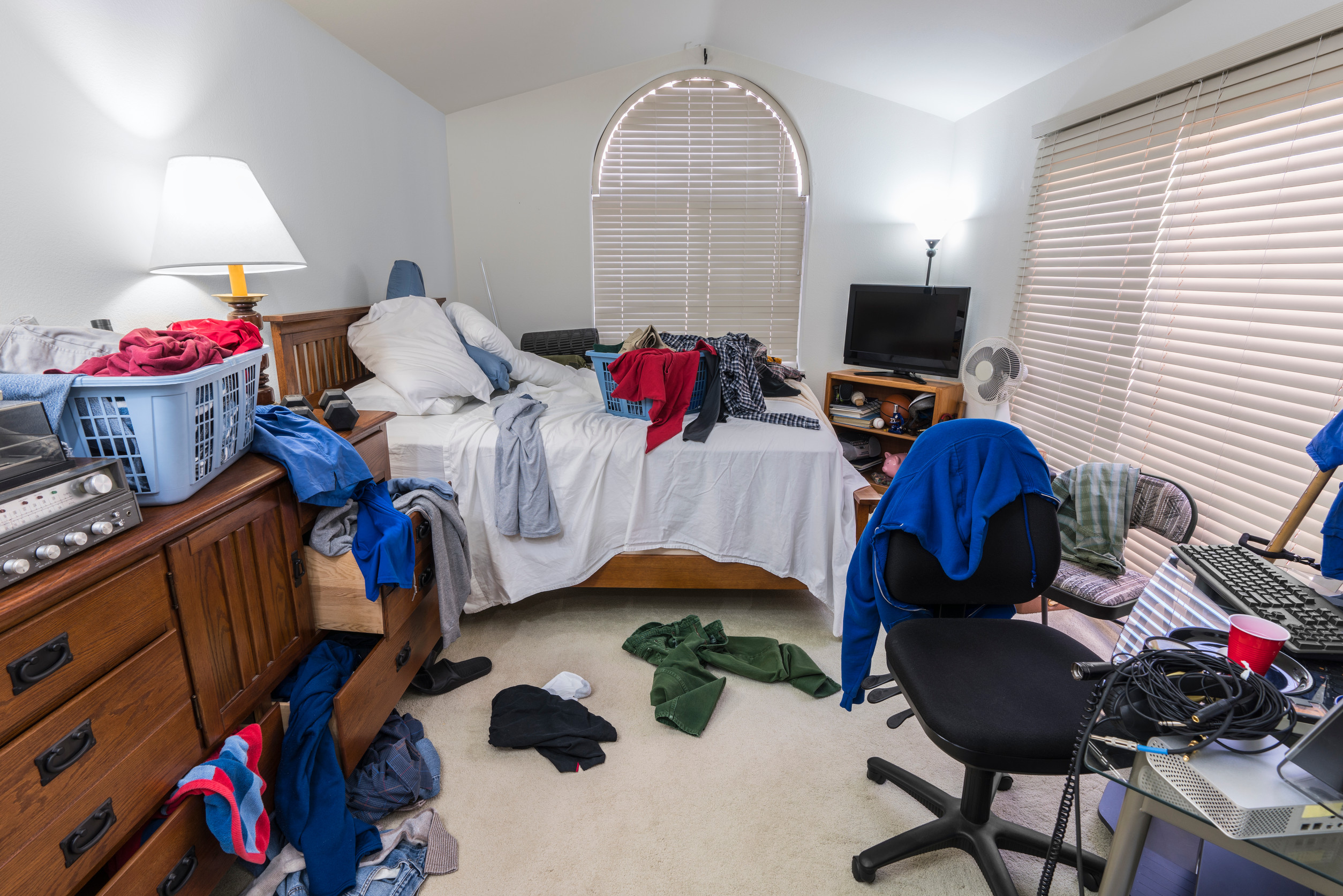There’s an old saying that a person’s home says more about them than their words ever could. Whether it’s the scent in the air, the color of the walls, or the clutter on the coffee table, guests notice everything—and they’re drawing conclusions fast.
A home should offer comfort and warmth, but sometimes, without realizing it, homeowners unintentionally send signals that make visitors feel unwelcome, confused, or even judged. This isn’t about needing a mansion or perfect furniture. It’s about the small details that subtly speak volumes—and often say the wrong thing.
1. An Uninviting Entryway Sets a Cold Tone
The front door and entryway are the first impression, and a neglected one can suggest disinterest or disregard. A cluttered porch, chipped paint, or dim lighting can create a feeling of neglect and even unease before guests step inside. If shoes, coats, or mail pile up just beyond the threshold, it can feel like a space guests are intruding on rather than being welcomed into. Even subtle cues—like a doormat that’s worn or sarcastic—might come off as unwelcoming. The message is clear: “This home is more about function than hospitality.”
2. Clutter Communicates Chaos, Not Comfort
A house overwhelmed with clutter can send a strong message that the environment—and by extension, the lives inside—are out of control. Even if the clutter isn’t dirty, visual overload makes it hard for visitors to relax or know where to place themselves. Items spilling off shelves, stacks of paper, or scattered personal belongings can make guests feel like they’re invading private space rather than being offered a shared one. It can also imply a lack of care or mindfulness, even if that’s not the intent. In short, it suggests that the house is overwhelmed, and guests might feel they’re adding to the problem.
3. Overly Pristine Spaces Can Feel Like Museums
On the flip side, a house that is too perfect and untouched may not make guests feel comfortable either. Immaculate white couches, decorative bowls that mustn’t be touched, and a scent of antiseptic cleanliness might discourage visitors from fully relaxing. When every cushion is in place and nothing feels lived-in, it can send the message that appearances are more important than people. Visitors may feel anxious about leaving a mark, even with something as simple as a coffee cup. Instead of “come in and stay awhile,” the space says, “look, but don’t touch.”
4. Lack of Seating Options Feels Exclusionary
A beautiful home with minimal or uncomfortable seating can unintentionally make guests feel unwelcome or like they’re not meant to stay long. When there aren’t enough places to sit—or the seating is stiff, oddly arranged, or clearly prioritized for aesthetics—it tells visitors they’re not part of the regular rhythm of the home. Comfortable seating, within conversation range and not facing away from communal areas, invites guests to engage. Without it, they’re left awkwardly standing, perching on edges, or feeling out of place. It creates a visual and physical divide between host and guest.
5. Personal Decor That Feels Like a Monologue, Not a Conversation
While it’s important for a home to reflect its owner’s personality, overwhelming guests with hyper-personal decor can feel one-sided. Spaces dominated by inside jokes, bold political art, or family photos in every direction can make visitors feel like outsiders in a very private world. Rather than being drawn into the personality of the home, they may feel they’re trespassing into someone else’s story with no room for their own presence. Thoughtful design leaves space for both self-expression and connection. When every wall is a personal proclamation, the unspoken message is: “This space is mine, not ours.”
6. Inconsistent or Harsh Lighting Disrupts Comfort
Lighting plays an enormous role in shaping the mood of a home, and too often, it’s either ignored or overdone. Fluorescent overhead lights can make a house feel sterile or overly exposed, while dim or inconsistent lighting can create a gloomy or disjointed experience. Poor lighting can leave guests squinting, stumbling, or simply feeling out of sync with the space. The tone it sets can shift a dinner from intimate to interrogative with just a flip of a switch. A poorly lit home says: “You weren’t expected,” or worse, “You won’t be staying long.”
7. Scents That Overwhelm or Confuse the Senses
Scent is one of the most powerful and immediate ways people experience a space. A house that smells strongly of air fresheners, pet odors, or overpowering candles can send a confusing or even off-putting message. Visitors may wonder what’s being masked or why a scent is so aggressively present. Even a beloved fragrance can become overwhelming if not balanced well, especially in smaller or poorly ventilated spaces. It can create an environment that feels artificial, or worse, physically uncomfortable for guests with sensitivities.
8. A Lack of Warm Touches Leaves a Space Emotionally Blank
Finally, homes that are missing simple gestures of hospitality—like soft blankets, a vase of flowers, or a fresh towel in the guest bathroom—can feel emotionally sterile. These small details often do more than people realize to tell visitors they’re cared for and anticipated. Without them, a space can feel generic, impersonal, or purely functional. The absence of these touches communicates that the house is for utility, not connection. Guests may leave feeling like they were part of a transaction, not a shared moment.
Your Home Speaks—Make Sure It Says What You Mean
Every detail in a home, whether intentional or not, communicates something. And while no space is perfect, it’s worth taking a moment to consider what your home might be saying to those who walk through the door. Does it invite them in? Does it make them feel seen and welcome? Or does it push them away with subtle signals of discomfort, chaos, or coldness?
Think about the way your home reflects your values—not just your taste. And if you’ve ever walked into someone else’s house and felt instantly comfortable, take a mental note. That feeling didn’t happen by accident.
What messages does your home send? Share your thoughts or comment below—what changes have you made to make your space more inviting?
Read More
6 Questions Every First-Time Home Buyer Should Ask Their Realtor
9 Neighborhood Features That Lower Your Home’s Value Instantly


